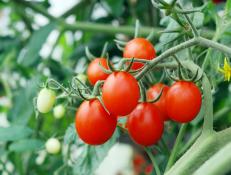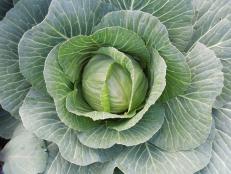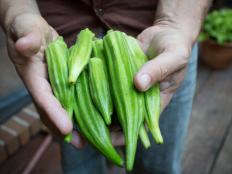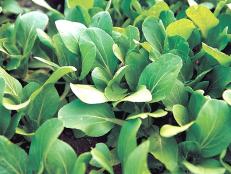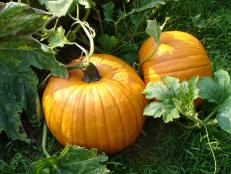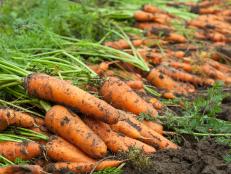Green Pea Sauce

Image courtesy of James Republic
In the spring and early summer, when David MacLennan sees peas pop up at the farmers' markets in Long Beach, California, he starts asking for pea tendrils. “Farmers don’t bring them all the time because not everyone knows how to use them or what they are, so I’ll ask for them specifically,” says the executive chef the season-driven restaurant James Republic. “Peas are the ‘fruit’ of the pea pod, but the tendril is the young bloom of the pea plant. The stem of the plant grows into vines and, when it first develops, this is the tendril.”
Just as chefs are devoted to using the whole animal during the cooking process, MacLennan is devoted to using the whole vegetable. For his green pea sauce, he uses the tendrils because they “add delicacy to the sauce and provide a really deep color as well,” he says, adding that peas can be substituted as well, though they tend to be more fibrous.
MacLennan sautés the “misshapen ends” of prosciutto that don’t make it to his charcuterie plates in butter and garlic before adding the pea tendrils. “The prosciutto is a natural pairing with peas,” he says. “Peas are very sweet, so adding something salty like bacon or cured ham helps them balance each other.”
He deglazes the mixture of garlic, butter and pea tendrils with wine, adds heavy cream and brings it to a boil before stirring in spinach and pureeing it all in a blender. “This sauce is perfect for light, delicate dishes like halibut or black cod,” MacLennan says.
Green Pea Sauce
Courtesy of David MacLennan, executive chef of James Republic in Long Beach, California
Yields 1 cup
- 1 shallot
- ½ teaspoon garlic, chopped
- 2 tablespoons diced prosciutto scraps or bacon
- 1 tablespoon butter
- 1 cup peas or pea tendrils
- 1 cup spinach leaves
- 1 cup white wine
- 1 cup heavy cream
In a small saucepan, heat the butter over medium high heat.
Chop the shallots and add them to the butter along with the garlic and prosciutto or bacon. Saute mixture for 1 minute.
Add the peas or pea stems and let them wilt for 1 minute.
Deglaze with white wine and reduce the mixture until the wine is gone.
Add the cream and bring to a boil.
Stir in the spinach and let it cook for 1 more minute. Transfer immediately to a blender and carefully blend the mixture until the sauce is smooth.
Season with salt and white pepper.
Strain the sauce and serve.








